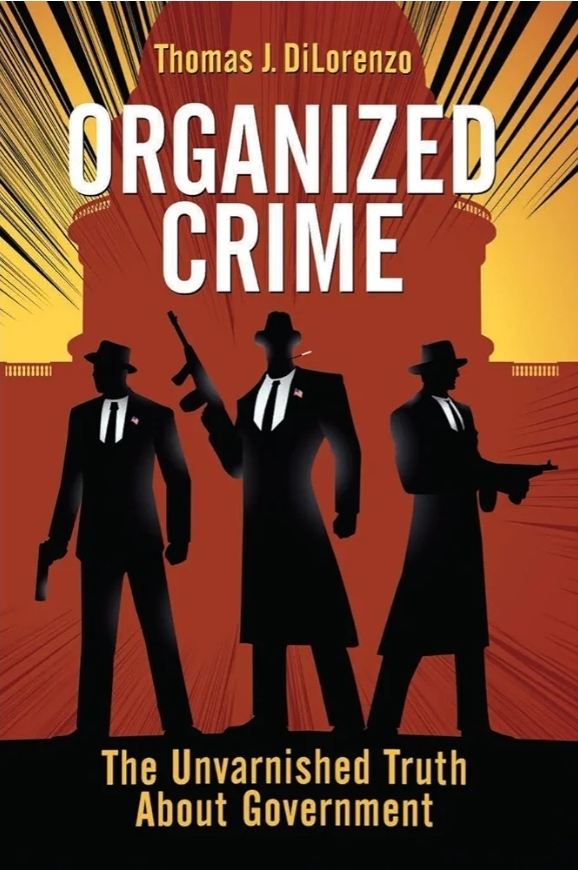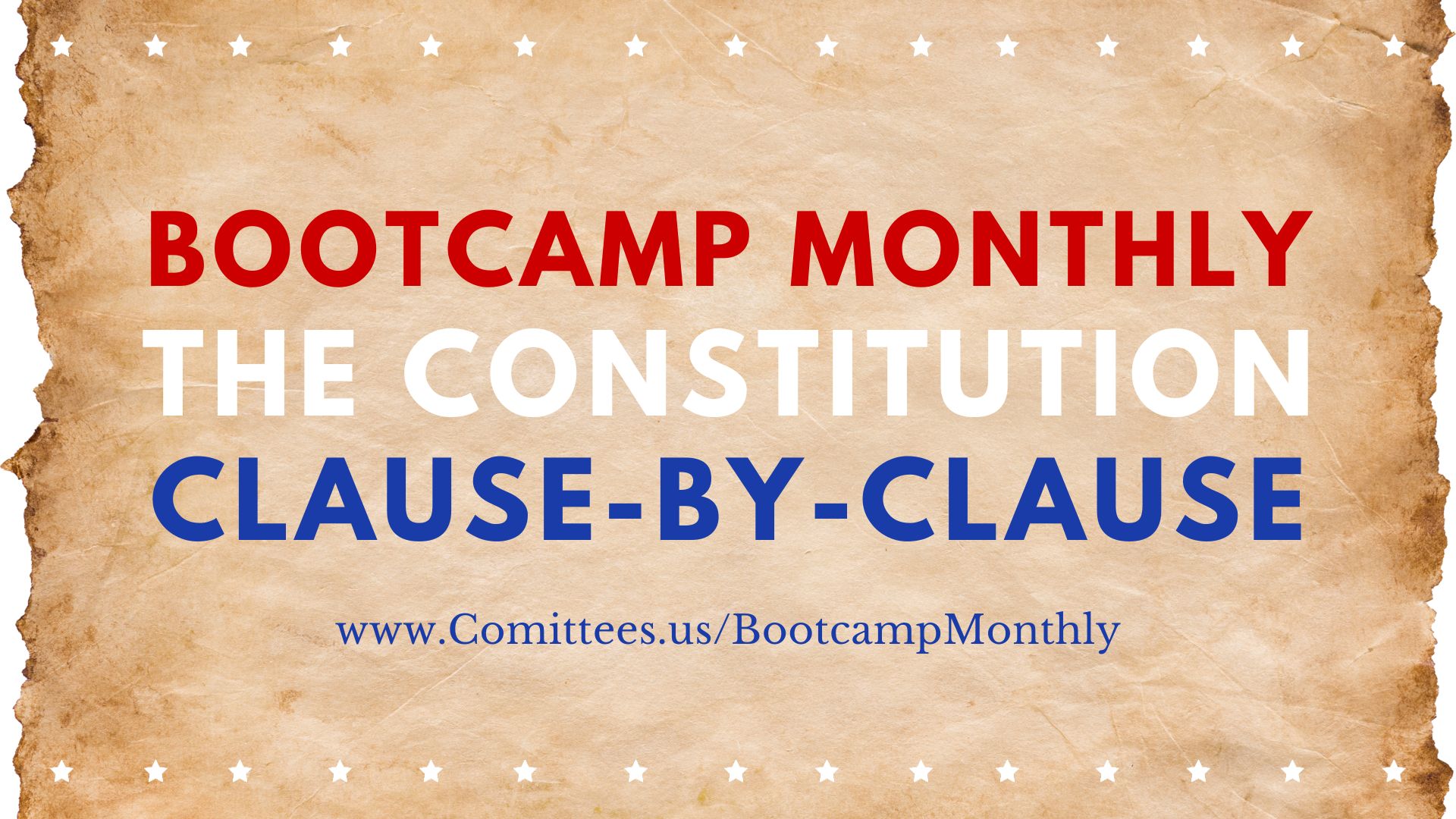A Libertarian Field Guide to How Government Really Works
Thomas J. DiLorenzo writes from the Austrian-economics tradition (think the Mises Institute). Expect:
- Mises on why planners can’t “price” things they don’t own,
- Hayek on why useful knowledge is scattered among regular people,
- Rothbard on the state as a monopoly that uses force,
- Public Choice (Buchanan/Tullock) on how politicians and agencies follow incentives just like everyone else.
His baseline test is simple: coercion vs. consent. Markets are voluntary—buyers and sellers can walk away. Government, even when smiling, ultimately relies on rules you can’t refuse.
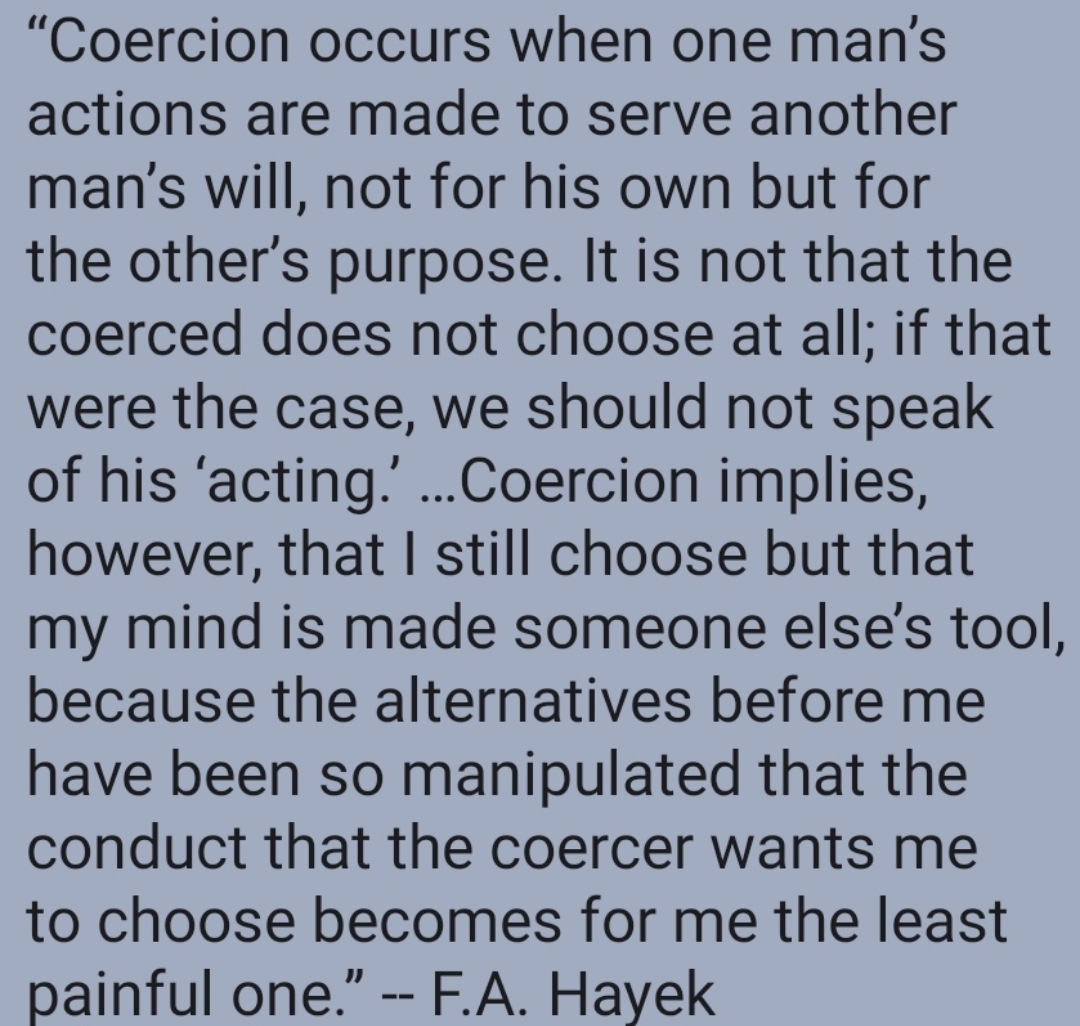
What the book is (and isn’t)
It’s a bundle of essays, not one long argument. Topics bounce from regulation and money to unions, antitrust, welfare, policing, war, and federal politics. The repeating claim:
A lot of “public service” behaves like organized crime: protection rackets, cartels, and shakedowns—made respectable by law, ceremony, and slogans.
He isn’t name-calling for effect. He sketches a business model for how the modern state works, then shows the same pattern in different policy areas.
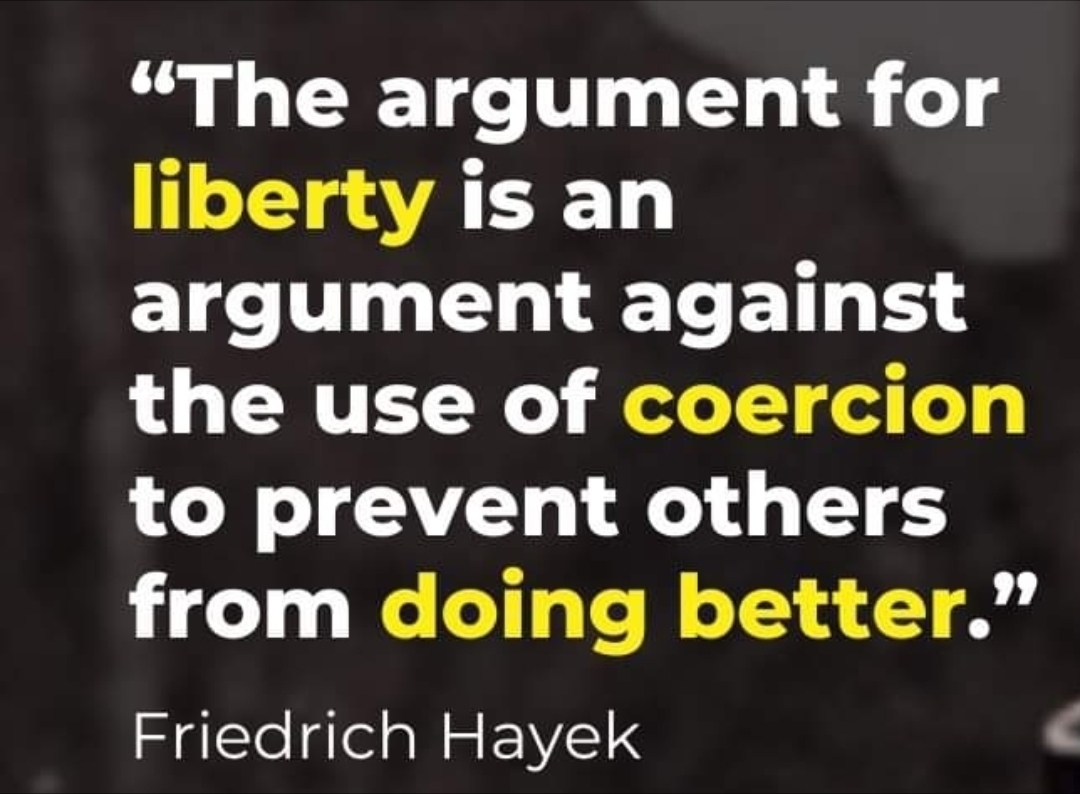
The “organized-crime” model (DiLorenzo’s schema)
- Monopoly on force: One gang wins, calls itself “government,” and writes the rules.
- Protection racket: Make life risky or say it is—then sell “protection” (permits, licenses, bailouts, subsidies).
- Lay example: You need 1,000 hours of classes to braid hair legally, even if you’ve done it safely for years.
- Cartelization: Use law to lock in insiders and keep out upstarts.
- Lay example: Taxi medallions that cap how many cabs can operate, keeping prices high and wait times long.
- Omertà by statute: Immunities and secrecy rules that shield the insiders.
- Lay example: It’s hard to sue an official who clearly messed up because of “qualified immunity.”
- Legitimacy laundering: Wrap it all in “for the children,” “public safety,” or “national security.”
- Lay example: A neighborhood food-truck ban is sold as “sidewalk safety,” but just happens to please nearby restaurants.
- Cutouts & bagmen: Boards, commissions, and authorities that do the squeezing at arm’s length.
- Lay example: A “regional development authority” that hands out below-the-radar subsidies to favored companies.
- Kickbacks: Revolving doors and campaign cash keep the favors flowing.
- Lay example: A regulator writes rules that hurt small startups; a year later they join a big firm the rules benefited.
Seen this way, policy areas are just different neighborhoods where the same racket uses different labels.
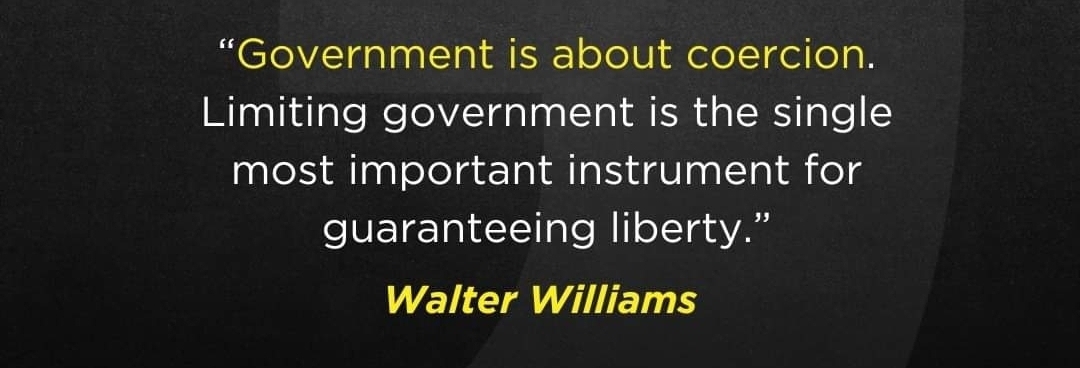
Core Austrian & Public Choice pillars he leans on
- Mises’ calculation problem: If there’s no market price (because no one actually trades it), central offices can’t really know what something’s worth.
- Lay example: A far-off agency guesses how many hospital beds a town “should” have; turns out they guess wrong for years.
- Hayek’s knowledge problem: Useful info lives with locals.
- Lay example: A one-size rule for all food carts ignores what your town already does well.
- Bastiat’s “seen vs. unseen”: We see the ribbon-cutting; we don’t see the shop that was never opened.
- Tullock’s rent seeking: Instead of serving customers, people spend time and money getting political favors.
- Lay example: Hiring lobbyists to block home bakeries rather than baking better cookies.
- Olson’s stationary bandit: The bandit settles down, taxes gently, and calls it “order.” Still a bandit.

Where the racket shows up
Regulation and “consumer protection”
Claim: Many rules that sound helpful actually build moats for incumbents.
- Licensing barriers raise costs for newcomers.
- Lay examples: Hair-braiding licenses; years of schooling to be a florist; “certificate of need” laws that make new clinics beg old hospitals for permission.
- Historic cartel boards kept prices high until they were dismantled.
- Lay example: Before airline deregulation, fares were high and new routes rare.
- Safety/health rules often land hardest on small innovators.
- Lay example: A two-person startup can’t afford the compliance team a giant competitor already has.
DiLorenzo’s rule of thumb: If a rule would still make perfect sense to the biggest players even if it had zero public benefit, assume capture until proven otherwise.
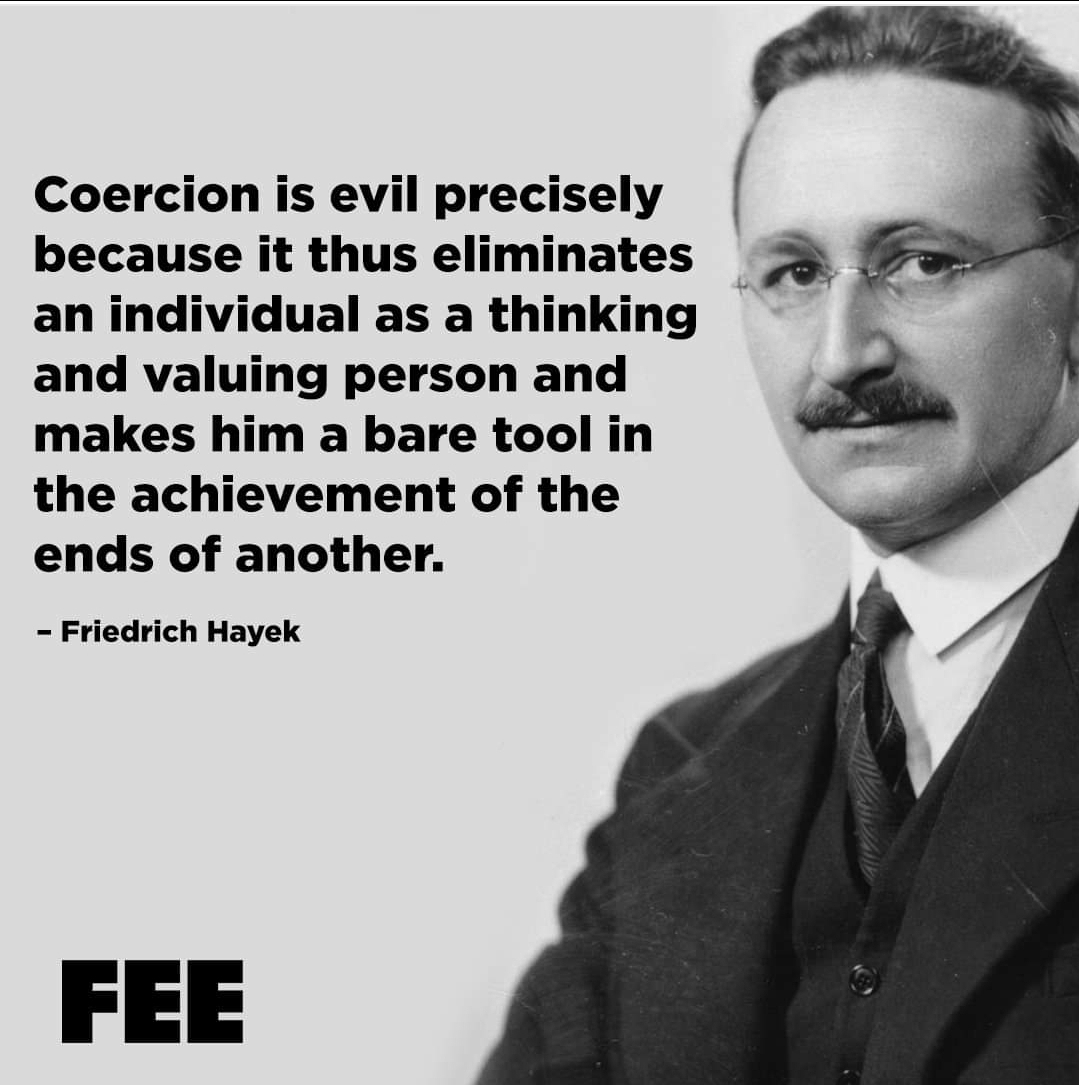
Money, central banking, and crises
Claim: The central bank is the racket’s mint.
- Legal-tender laws and bailouts push private risks onto the public.
- Inflation as a quiet tax: New money buys more for first spenders (banks, government) than for you after prices adjust.
- Lay example: Shrinkflation—same cereal box, fewer ounces.
- Boom-bust: Easy money sparks projects that look smart in the moment and dumb later; losses get socialized.
- Lay example: Everyone builds condos during the cheap-loan party; taxpayers eat the cleanup when it pops.
Remedy: Tight rules or competing currencies—less fiddling, more discipline.
Labor law and unions
Claim: National labor rules can create coercive monopolies.
- Exclusive representation forces all workers under one bargaining unit.
- Prevailing-wage laws act like price floors, blocking lower-cost entrants.
- Lay example: A small contractor can’t legally offer a cheaper bid, so the city pays more and hires fewer people.
- Minimum wages can shut out the least experienced.
- Lay example: A teen who’d happily work for $11 can’t be hired at $11 if the floor is $15.
- Public-sector unions “negotiate” with officials spending other people’s money, then fund those same officials.
Take: This is less “labor vs. capital” and more organized labor + law vs. outsiders and taxpayers.
Antitrust and “monopoly”
Claim: The most stubborn monopolies are legal ones.
- Market power fades when customers can switch; legal monopolies (utility territories, franchise exclusives) don’t.
- Antitrust sometimes clubs firms that simply win on price/quality—while blessing regulated cartels.
- Lay example: A city bans a cheap shuttle because the bus monopoly objects.
Principle: If you win by serving consumers, that’s competition. If you win by writing the rules, that’s a problem.
Welfare, redistribution, and transfer coalitions
Claim: “We’re just helping” is the all-purpose cover story.
- Visible recipients get the press release; invisible middlemen (agencies, contractors) get the steady checks.
- Lay example: Most dollars in a program fund paperwork and consultants rather than direct help.
- Corporate welfare hides under the same halo.
- Lay example: Sugar quotas that keep candy prices high to “protect farms.”
Police powers and courts
Claim: Special protections turn errors into habits.
- Civil-asset forfeiture: Money and cars seized on suspicion, not conviction.
- Qualified/sovereign immunity: Very hard to hold officials accountable.
- Overcriminalization: So many rules that anyone can be nailed if targeted.
- Lay example: The kid’s lemonade stand shut down for not having a permit.
War, empire, and the national-security pretext
Claim: War is the premium product.
- Emergencies expand surveillance and budgets; the expansions rarely roll back.
- Lay example: Temporary airport “measures” that become permanent, with growing staff and contracts.
Federalism, decentralism, and exit
Claim: Competition disciplines governments just like it does businesses.
- Push choices down to where moving is cheap.
- Lay example: Don’t like your town’s rules? It’s easier to move two miles than 2,000.
- The bigger and more centralized the turf, the fatter the cartel.
Style & method
These essays argue with stories and incentives, not dense math.
- Small history bites (e.g., boards that “set fair rates” which magically matched incumbents’ wishes).
- Follow the money: budget → agency → contractor → campaign.
- “What we never saw”: the shop not opened, the drug not developed, the fare that stayed high.
Practical heuristics he offers (implicitly)
- Who pays? Who decides? Who is immune? If deciders don’t bear costs, expect skewed outcomes.
- Would incumbents write this rule? If yes, be suspicious.
- Concentrated benefits, diffuse costs? Classic rent-seeking.
- Does it ban cheap alternatives? That’s protectionism dressed as safety.
- Is it an “emergency”? See if the sunset ever actually sets.
Prescriptions (kept simple)
- Money: Fewer knobs to twist. Prefer rule-based policy or competition among currencies so savings aren’t quietly shaved.
- Regulation: Put expiration dates on rules and demand renewal only with fresh, public evidence.
- Licensing: Swap “permission first” for truth-in-advertising + liability. Certify voluntarily; punish fraud and harm.
- Labor: Let workers opt in or out; don’t outlaw lower-cost job offers that people want to accept.
- Corporate welfare: Name names publicly and require recorded votes on every subsidy or mandate.
- Policing & courts: No forfeiture without conviction; narrow immunities; require clear intent (mens rea) for crimes.
- Federalism: Push decisions local; compare places; copy what works.
Likely objections—and simple replies
- “Markets fail.” They do—and then competitors jump in. Political monopolies freeze failure in place.
- “Without regulation, the strong crush the weak.” With captured regulation, the strong hire the referee. Aim for rules that stop fraud and harm, not rules that ban rivals.
- “Central banks prevent panics.” They also encourage risk by promising rescues. Less discretion, fewer messes.
- “Unions balance corporate power.” In the public sector, the bill lands on people who never agreed to the deal.
- “This sounds cynical.” It’s not about motives; it’s about predictable incentives.
Why this book still resonates
Pick any domain—health, housing, finance, schools—and you’ll spot the pattern: coercive cartelization in friendly packaging. You don’t have to agree with every chapter to get the core lesson:
Don’t judge a policy by its slogan; judge it by its structure—who’s forced, who’s favored, and whether you can say “no” and walk away.
In DiLorenzo’s Austrian framing, the alternative to legalized rackets isn’t utopia. It’s the humbler discipline of voluntary exchange, clear liability for harm, and competition—among businesses and among governments.
Key Arguments & Themes
DiLorenzo’s thesis is that many functions of modern government are not only inefficient or misguided — they are coercive, corrupt, and often worse than what critics of government typically allow. Below are the main strands of his critique.
- Coercion & Regulation
- Regulation is often less about protecting citizens or markets and more about consolidating power, favoring well-connected interests, creating barriers to entry, and enriching bureaucracies.
- Antitrust laws, for instance, are critiqued as antithetical to real competition; they often punish large or successful firms rather than addressing genuine monopolistic behavior.
- Politics & Corruption
- “Pay to play” is not just a metaphor but systemic: politicians make and enforce rules that benefit certain interest groups, often using regulation, subsidies, and legal mandates.
- Institutions like ACORN or the Community Reinvestment Act (CRA) are used by DiLorenzo as examples of legalized coercion / pressure on banks, where “community groups” can use regulatory leverage or threats of protest/regulation to extract concessions.
- Centralization vs Liberty
- DiLorenzo warns that as government grows, it becomes more centralized and less accountable; power is removed further from citizens, making democratic control weaker.
- He takes up topics like federalism, the dangers of the “czar” position in executive branches, the decline of constitutional limits, and how centralized power tends to favor those at the top.
- Money, Banking, and the Fed
- The Federal Reserve is portrayed not as a stabilizing force but as a cartel-like institution that enables politicians, financial elites, and bureaucrats to inflate currency, misallocate resources, and foster boom-and-bust cycles.
- DiLorenzo argues that monetary inflation, interest rate manipulation, and government debt extract unseen costs from the productive economy, often harming the poor and middle classes.
- Unions, Labor, and Workers
- Labor unions are critiqued not only for political bias but for coercion: using political power and legal privilege (e.g. monopoly bargaining, legislative protections) to extract benefits at cost to consumers and non-union workers.
- He challenges common narratives about wage gaps, unemployment, and worker protection, arguing that many of them ignore the role of government distortion, trade-offs, and unintended consequences.
- Truth & Lies about Markets
- Many commonly accepted “market failures” (moralizing arguments, asymmetric information, etc.) are treated by DiLorenzo as myths or exaggerations. He argues that many policy responses to those supposed failures do more harm than good.
- Examples include “robber baron” myths, regulatory capture, and policies that are anti-competitive in practice even if presented as pro-consumer.
Strengths
- Clarity & Boldness: DiLorenzo doesn’t pull punches. He frames his critiques in stark moral and philosophical terms, which gives the book a clear voice.
- Breadth: His essays cover many institutions—banks, unions, regulatory agencies, bureaucracy—so the critique is comprehensive.
- Austrian Economics Framing: Using Austrian economic theory gives a consistent lens for viewing government power, incentives, unintended consequences, and the importance of preserving liberty. For readers already sympathetic to free markets or skeptical of government, this framing can be compelling.
- Historical Insight: DiLorenzo frequently draws on history to show how government expansions happened, how they were justified rhetorically, and what outcomes followed—often negative for liberty and prosperity.
Key Takeaways & Insights
- Even well-meaning government action often has coercive dimensions and costs that are not fully visible in standard political discourse.
- Regulatory schemes frequently create unintentional beneficiaries and rent seekers; regulation is rarely neutral.
- Centralization tends to increase the distance between powerholders and the governed, making oversight harder, and fostering a class of political entrepreneurs.
- Monetary policy (the Fed, inflation, interest rates) is a key lever by which government influences markets, often in ways harmful to long-term prosperity.
- Narratives matter: myths about “market failure,” “robber barons,” or the benign nature of welfare/union power are powerful tools in justifying governmental expansion.
- Maintaining liberty requires not just opposing “bad policies” but preserving norms (free markets, limited government, private property, fiscal responsibility) and institutional guardrails.
Relevance & Connections
- DiLorenzo’s critiques can be seen as part of a broader libertarian / classical liberal tradition that overlaps with some of Haidt’s concern about the loss of core values, and with Kirk’s critique of institutional capture—but from the economic side.
- Many of the “agenda” ideas being discussed (in your articles) intersect: regulation, bureaucratic power, ideological/media capture, distorted incentives, collapse of virtue. Organized Crime helps illustrate how government policy and economic power intertwine in those processes.

